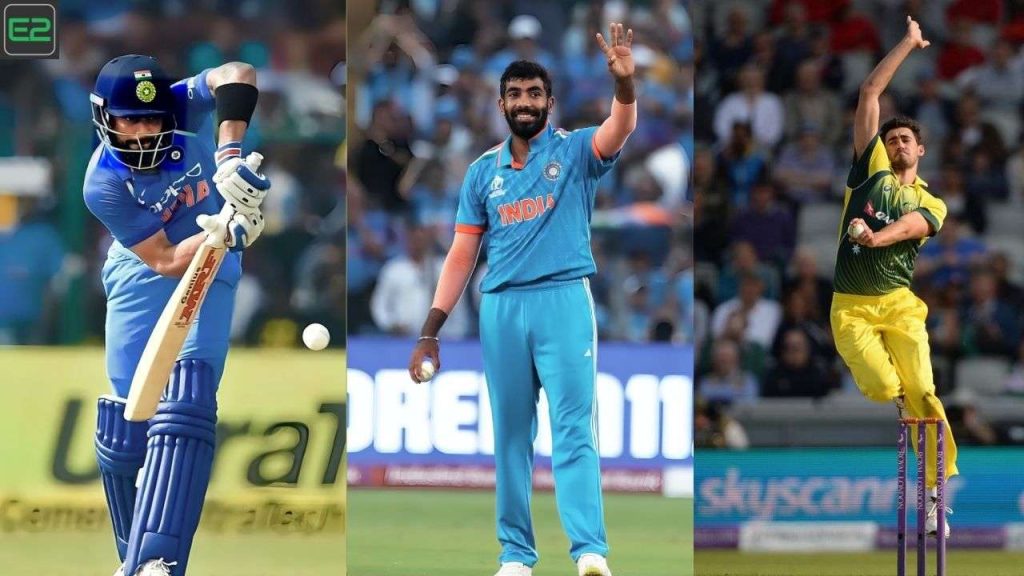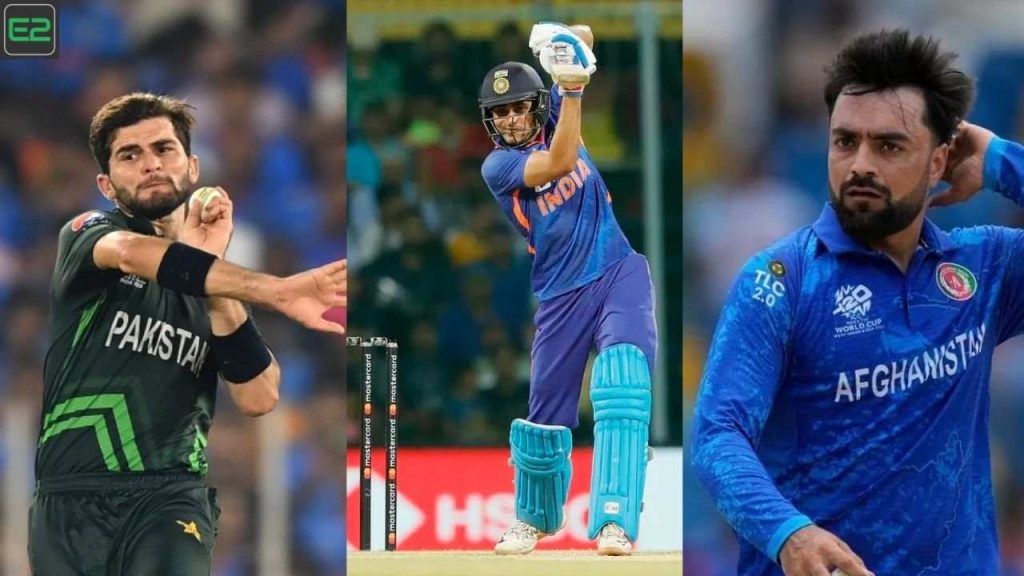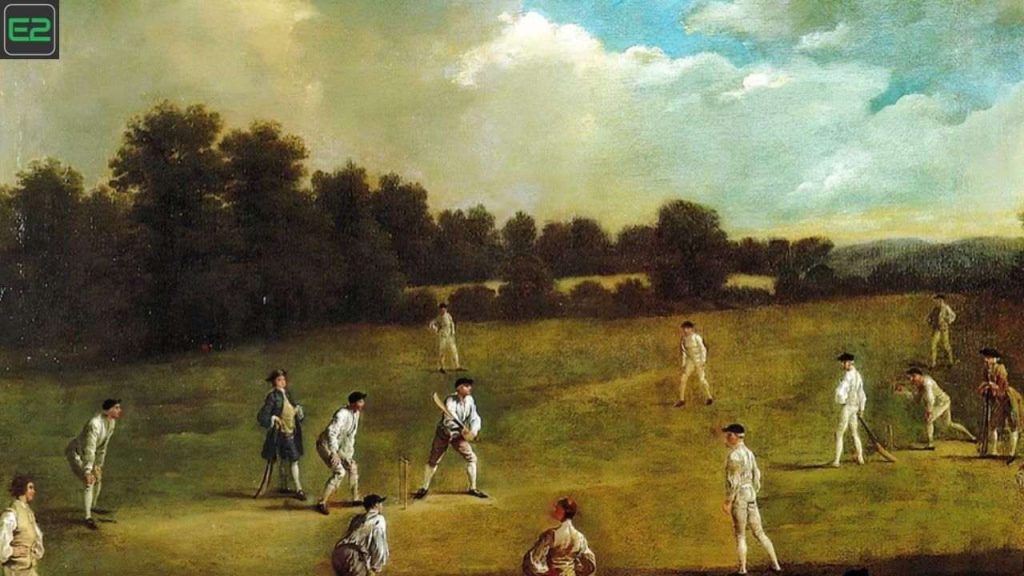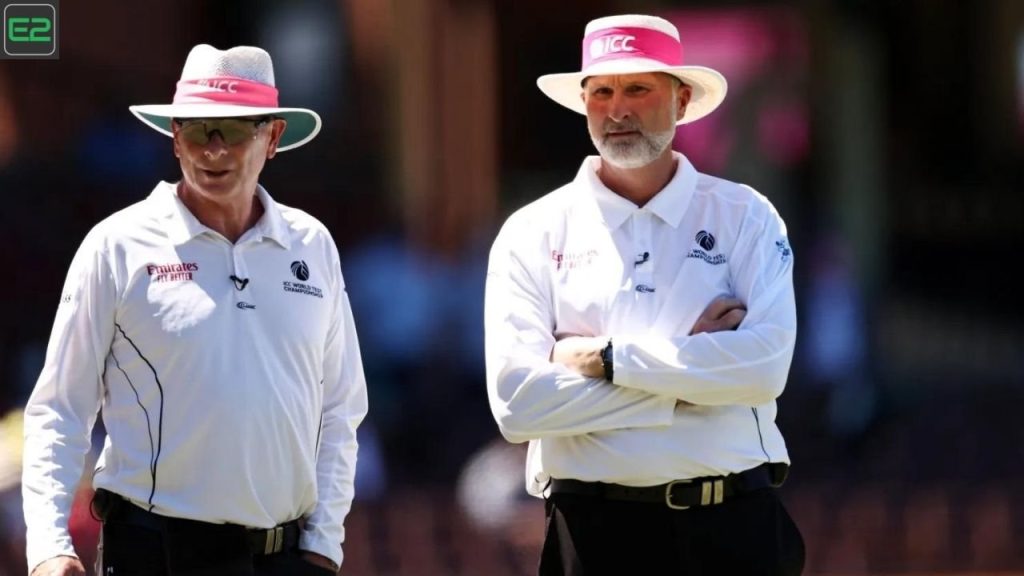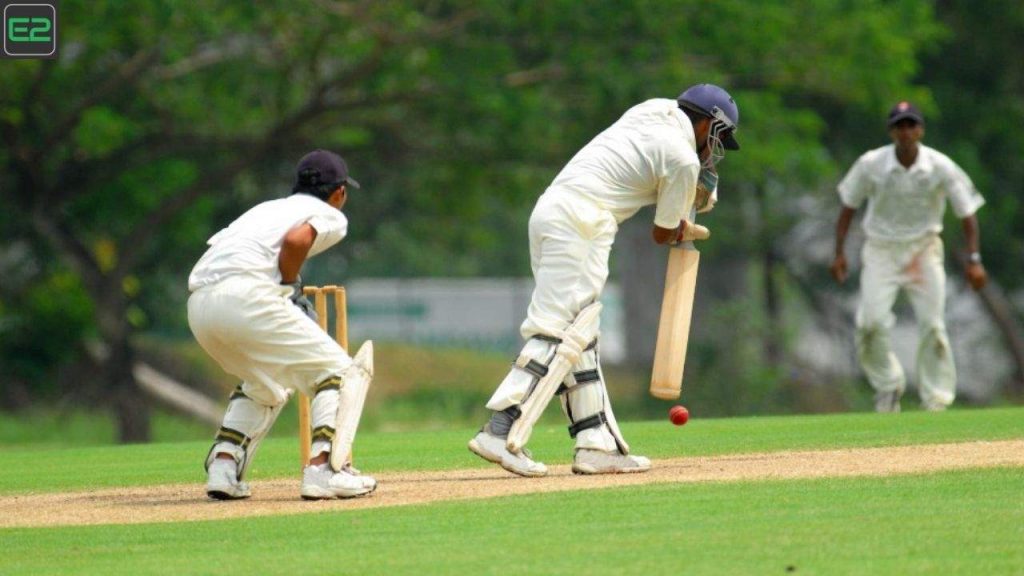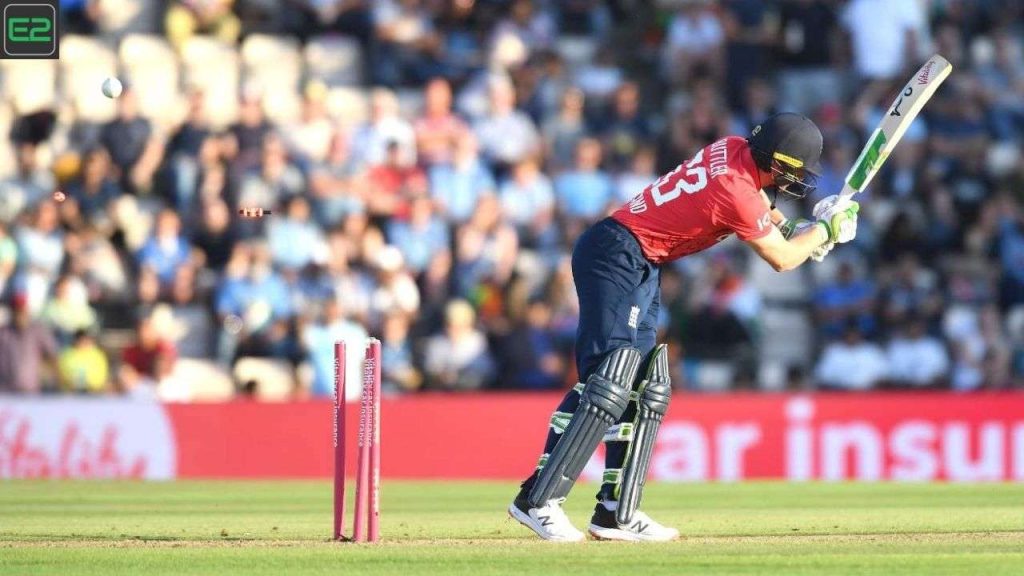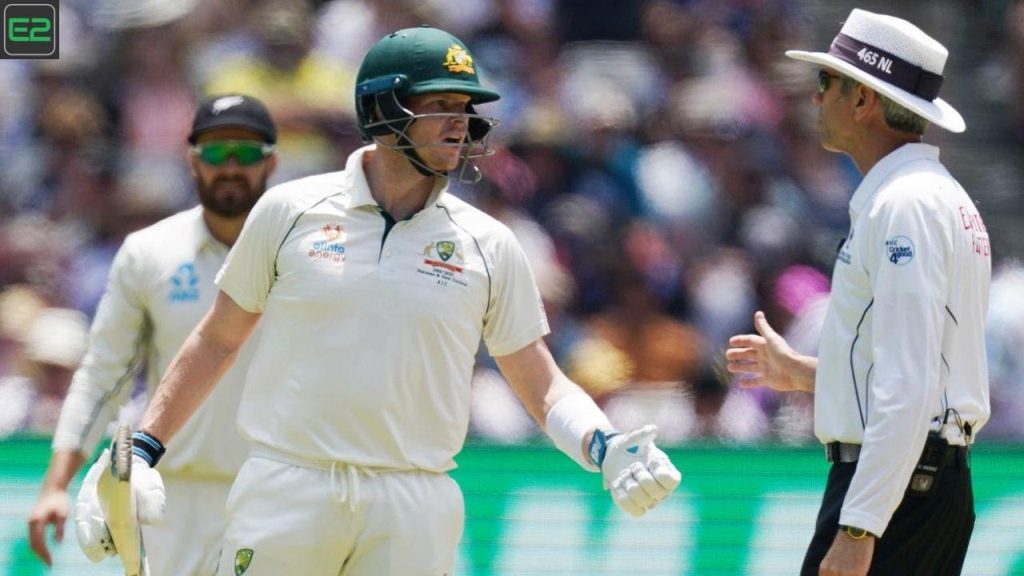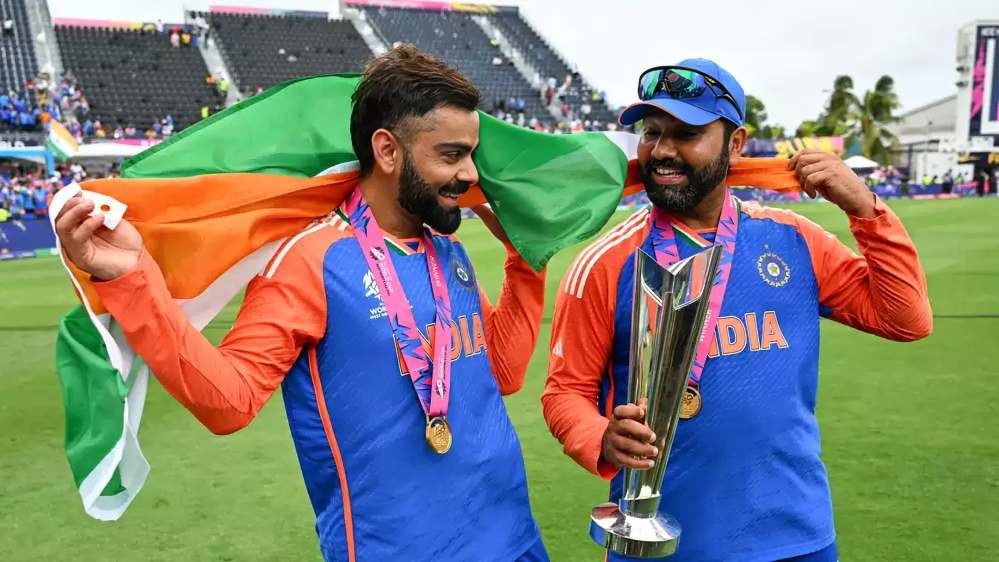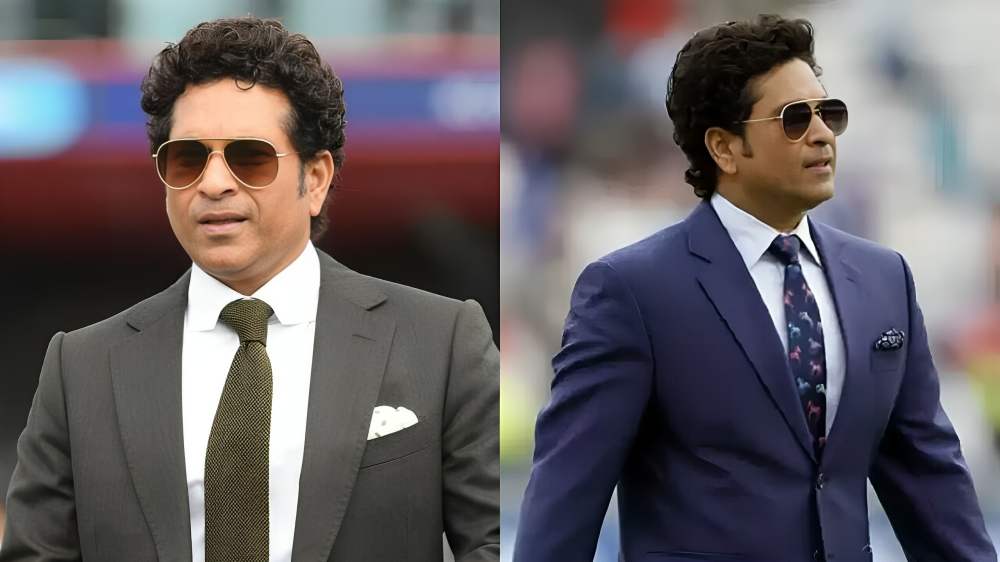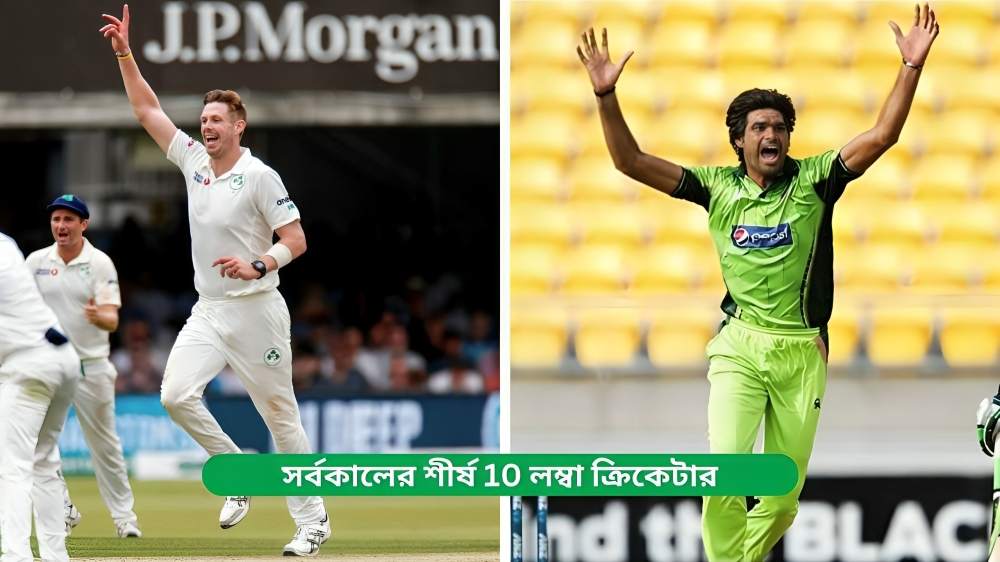CPL: The Caribbean Premier League is one of the most popular Twenty20 (T20) cricket leagues in the world, known for its vibrant atmosphere, top-notch cricketing talent, and enthusiastic fans. Beyond the entertainment and on-field action, one of the intriguing aspects of the CPL is how players are compensated. Player salaries in the CPL vary depending on factors such as experience, skill level, and their status as local or international players.
This article delves into the payment structure of CPL players, breaking down salary brackets, team budgets, and additional benefits, all while comparing them to other prominent T20 leagues around the globe.
Caribbean Premier League Salary Structure: An Overview
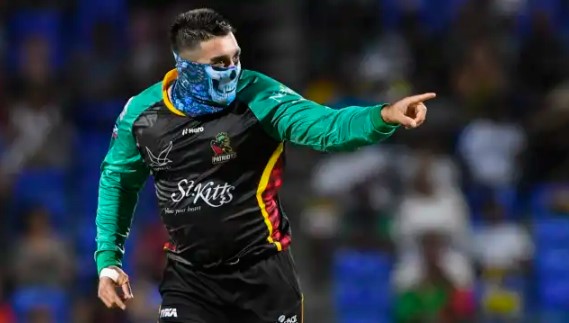
Caribbean Premier League players’ salaries are categorized into different tiers based on their experience, skill level, and marketability. Teams in the CPL operate under a salary cap system, which ensures fair competition and limits excessive spending. As of the most recent seasons, the CPL has retained a cap of US $750,000 per team.
Salary Tiers In Caribbean Premier League
Players in the CPL are divided into several salary categories, ranging from marquee players to emerging local talent. Here’s a breakdown of the approximate salary brackets:
| Category | Salary Range (US$) | Examples of Players |
|---|---|---|
| Marquee Players | $120,000 – $160,000 | Chris Gayle, Andre Russell |
| Overseas Stars | $70,000 – $100,000 | Faf du Plessis, Imran Tahir |
| Local Stars | $50,000 – $80,000 | Kieron Pollard, Jason Holder |
| Emerging Talent | $10,000 – $20,000 | Local U-19 or debut players |
Factors Influencing Caribbean Premier League Salaries
The variation in Caribbean Premier League player salaries is influenced by several factors, including:
1. Player Status
Marquee Players: These are globally recognized stars who attract fans and sponsors. Their reputation and performance command the highest salaries.
Overseas Players: International players bring a unique flavor to the league, and their compensation reflects their value in drawing global audiences.
2. Performance History
3. Team Strategy
Teams allocate salaries based on their strategies and focus areas, such as investing in hard-hitting batters, death-over specialists, or top-order anchors.
4. Local Talent Development
The Caribbean Premier League prioritizes nurturing Caribbean talent. Emerging local players may start with modest salaries but can quickly rise through the ranks based on performance.
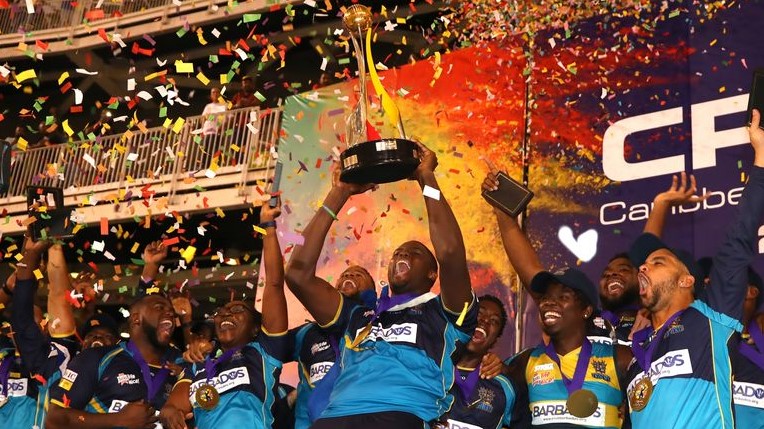
Salary Comparisons: CPL vs. Other T20 Leagues
While the Caribbean Premier League offers competitive salaries, it operates on a smaller budget compared to leagues like the Indian Premier League (IPL) or the Pakistan Super League (PSL). Here’s a comparative analysis of player salaries across top T20 leagues:
| League | Average Salary (US$) | Highest Salary (US$) | Salary Cap per Team (US$) |
|---|---|---|---|
| Indian Premier League (IPL) | $400,000 – $500,000 | $2.4 million (Virat Kohli) | $12 million |
| Caribbean Premier League (CPL) | $50,000 – $80,000 | $160,000 (Marquee Players) | $750,000 |
| Pakistan Super League (PSL) | $70,000 – $90,000 | $200,000 (Platinum Tier) | $1.2 million |
| Big Bash League (BBL) | $60,000 – $80,000 | $200,000 (Top Tier) | $1.9 million |
Additional Income Opportunities For CPL Players
In addition to their base salaries, Caribbean Premier League players have various other avenues for earning:
1. Match Fees
Players receive match fees on top of their salaries. The fees are usually standardized across teams and depend on the player’s role and playing XI status.
2. Sponsorship Deals
Star players often secure lucrative endorsement deals with local and international brands. For example, a marquee player like Andre Russell may earn significantly from sponsorships.
3. Performance Bonuses
Players are awarded bonuses for outstanding performances, such as hitting the most sixes, taking the most wickets, or earning the Player of the Match title.
4. Franchise Commitments
Many CPL players are engaged in promotional activities, media campaigns, and community events, which can include additional compensation.
Emerging Talent And Their Salaries
One of the standout features of the CPL is its commitment to nurturing young talent. Emerging players, often local teenagers or U-19 stars, are given opportunities to shine on the big stage. While their salaries start modestly (around $10,000-$20,000), a strong performance can pave the way for larger contracts in subsequent seasons.
Notable CPL Emerging Players
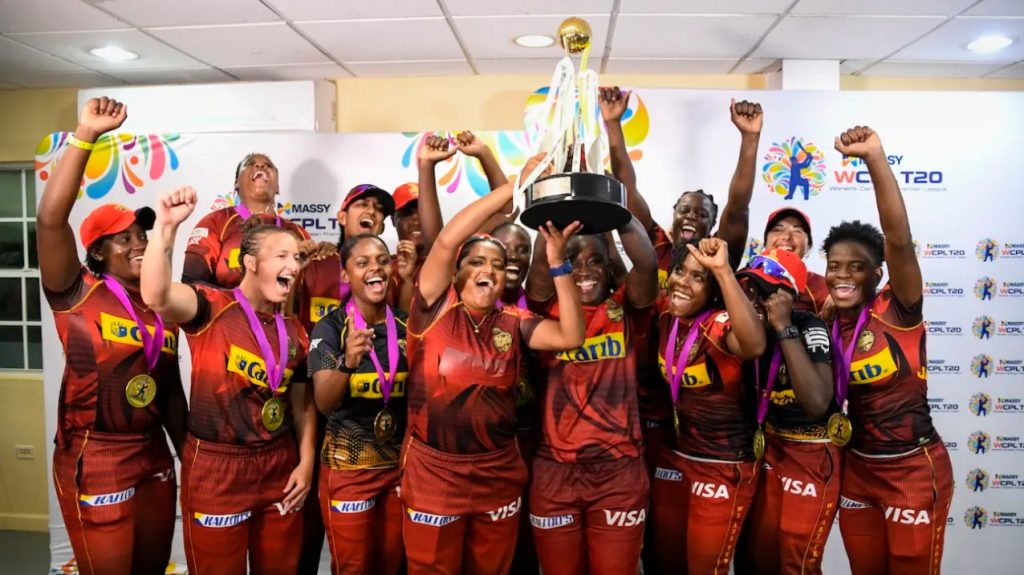
| Player | Initial Salary (US$) | Current Role/Status |
|---|---|---|
| Nicholas Pooran | $15,000 | West Indies T20 Captain |
| Shimron Hetmyer | $20,000 | CPL Regular, International Star |
| Obed McCoy | $12,000 | Prominent T20 Bowler |
Case Study: Andre Russell’s Earnings In The CPL
Base Salary: $160,000 (Marquee Player)
Match Fees: Estimated at $10,000 per game
Sponsorships: Deals with athletic brands like Puma and local endorsements
Bonuses:
Most Valuable Player (MVP) awards
Six-hitting contests and individual match performances
Russell’s overall earnings from a single CPL season can exceed $300,000, including all income streams.
Impact Of Salaries On CPL’s Popularity
The CPL’s salary structure balances financial incentives for players with sustainable team budgets. This approach has:
Attracted Global Talent: Players like Faf du Plessis, Imran Tahir, and Shoaib Malik bring international appeal to the league.
Nurtured Local Players: By offering competitive salaries, the CPL encourages young Caribbean talent to pursue cricket professionally.
Enhanced Fan Engagement: Star players’ presence boosts fan interest and increases the league’s commercial value.
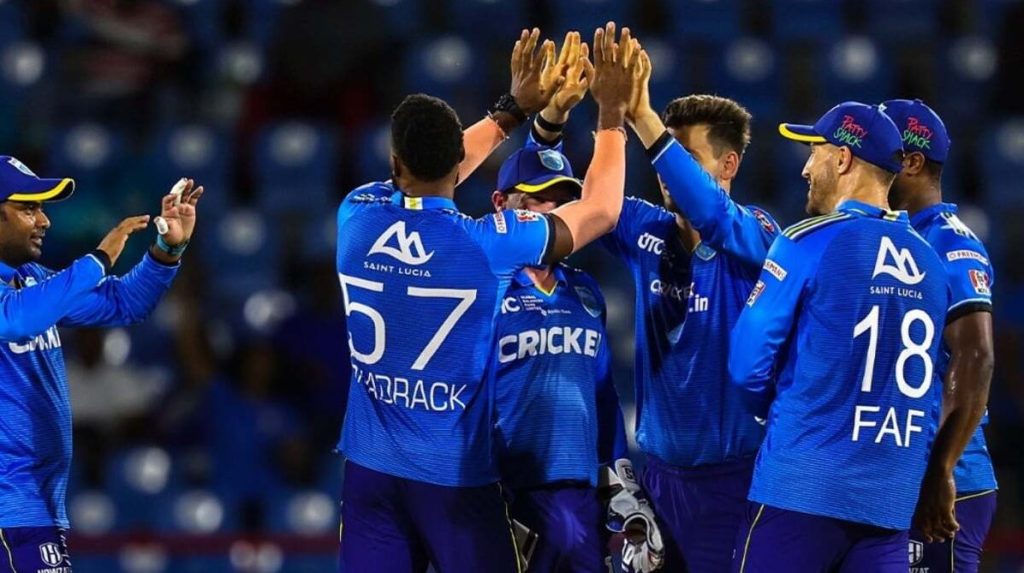
Challenges And Opportunities
Challenges
Budget Constraints: With a salary cap of $750,000 per team, CPL teams must carefully allocate resources.
Competition with Larger Leagues: The CPL competes with leagues like the IPL, which offer significantly higher pay.
Opportunities
Global Expansion: Increasing broadcast revenues and sponsorships can lead to higher salaries in the future.
Performance-Based Contracts: Incentivizing players based on performance can attract and retain top talent.
The salaries of CPL players reflect a careful balance between rewarding talent and maintaining financial sustainability. While marquee players and international stars earn the highest paychecks, the league’s commitment to local talent ensures a steady pipeline of emerging players.
As the CPL grows in popularity, so too will the earning potential for its players. With its unique blend of cricketing talent, cultural flavor, and entertainment, the CPL remains a cornerstone of global T20 cricket, offering players both financial rewards and the opportunity to shine on an international stage.


